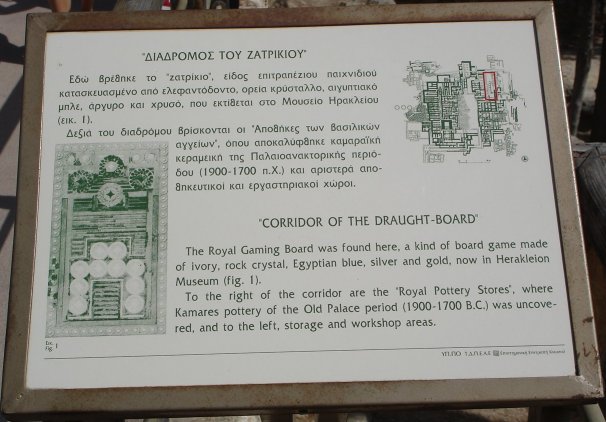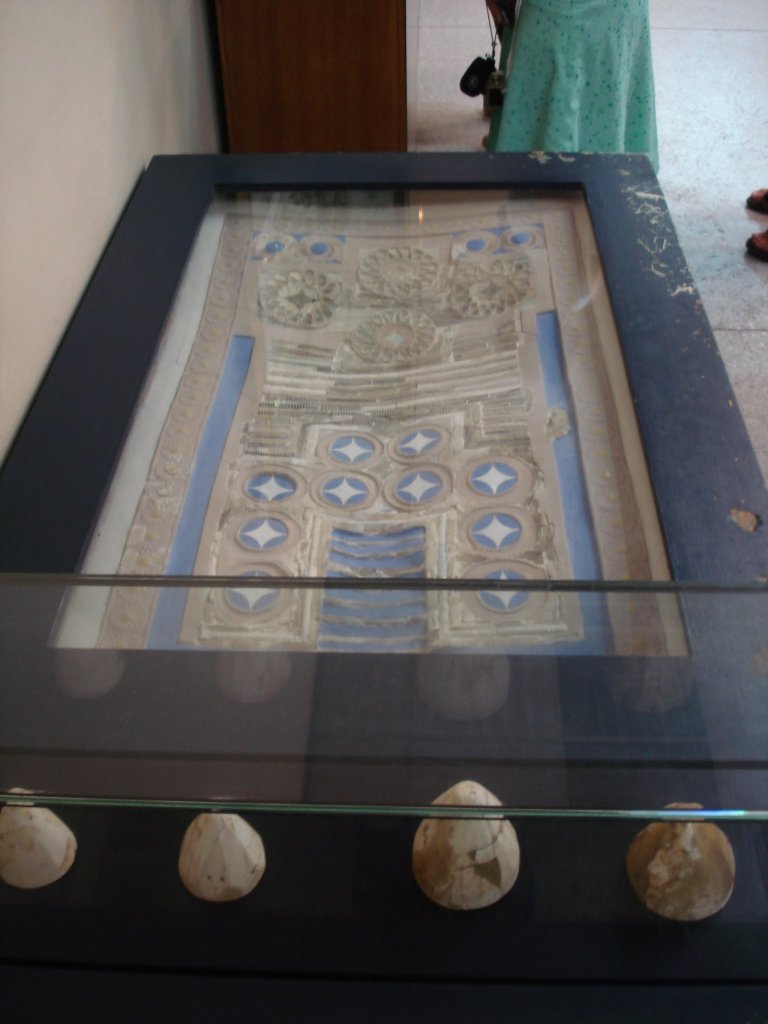FAIR CHESS
First player has one move, after which players may play either one or two moves per turn, at their choice.
Both moves of the two must separately be legal FIDE moves for the position faced; there is no enpassant but all other FIDE rules apply.
1 c4 c5 Nf6
2 b4 Nf3 c:b4 Nc6
3 a4 g3 a5 e5
4 N:e5 d4 N:e5 d6
5 Bg5 d:e5 Qc7 Ne4
6 Bg2 e:d6 N:d6 Bd7
7 O-O Qd4 f6 Be7
8 Bf4 Qd5 Q:c4 Rc8
9 Q:b7 B:d6 B:d6 Qc7
10 Rc1 Qe4+ Kd8 Be5
11 R:c7 Nd2 R:c7 B:a1
12 Nb3 Qa8+ Bc8 Ke7
13 N:a1 Qe4+ Be6 ---
14 Nb3 Bh3 ? f5 Rc3+ !
15 N:c1 Bf1 f:e4 Rd8
16 resign
. . . r . . . . 8
. . . . k . p p 7
. . . . b . . . 6
p . . . . . . . 5
O p . . p . . . 4
. . . . . . O . 3
. . . . O O . O 2
. . N . . B K . 1
a b c d e f g h
After move 14, White loses the queen and is unable to recover the R vs N advantage.
This chess variant, with a pace equal to Marseillais Chess is indeed quite different. Pieces that are moved inside the same turn do not give extra liberties to each other (each move must be legal according to the initial position at the start of the turn).


